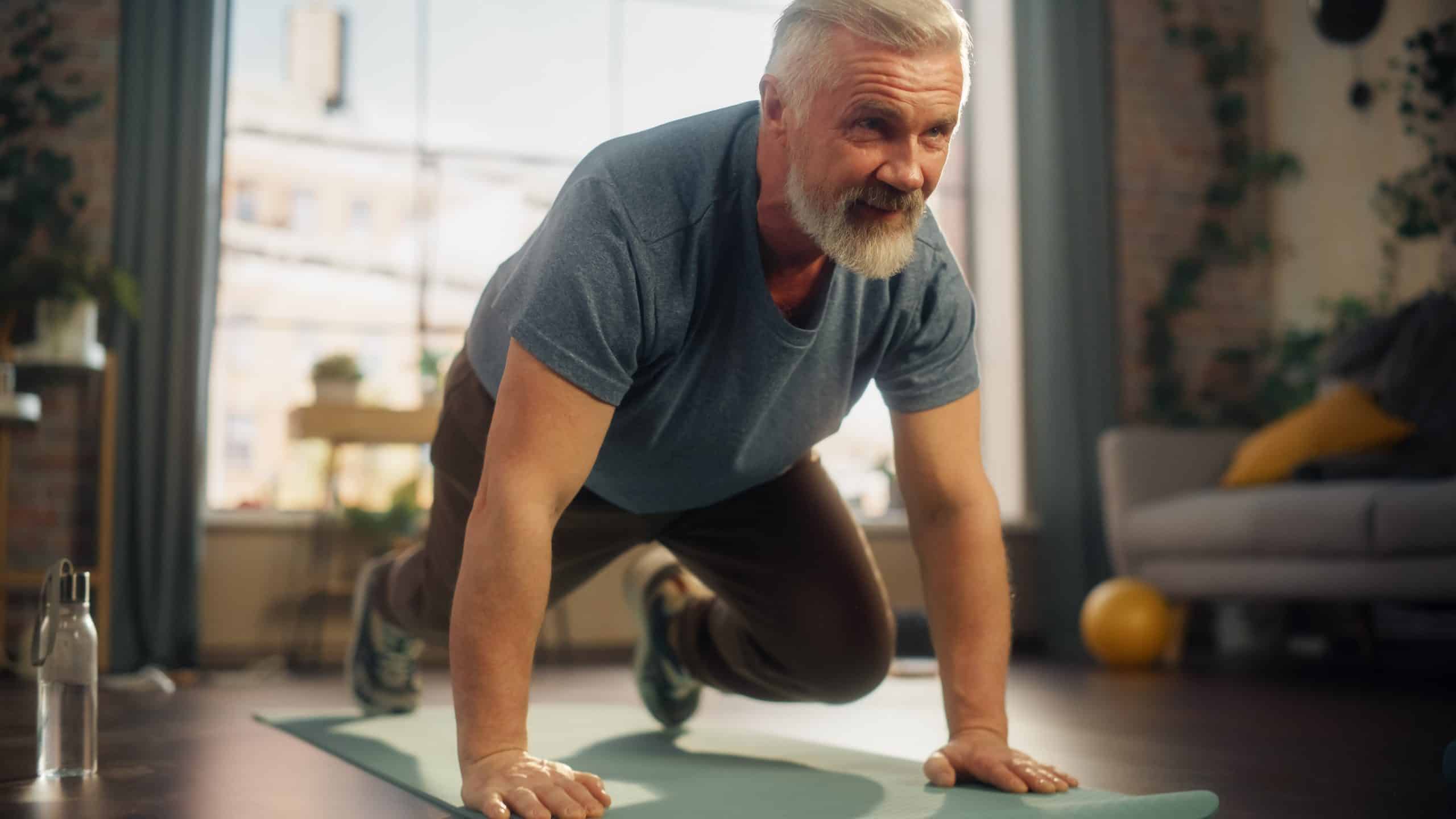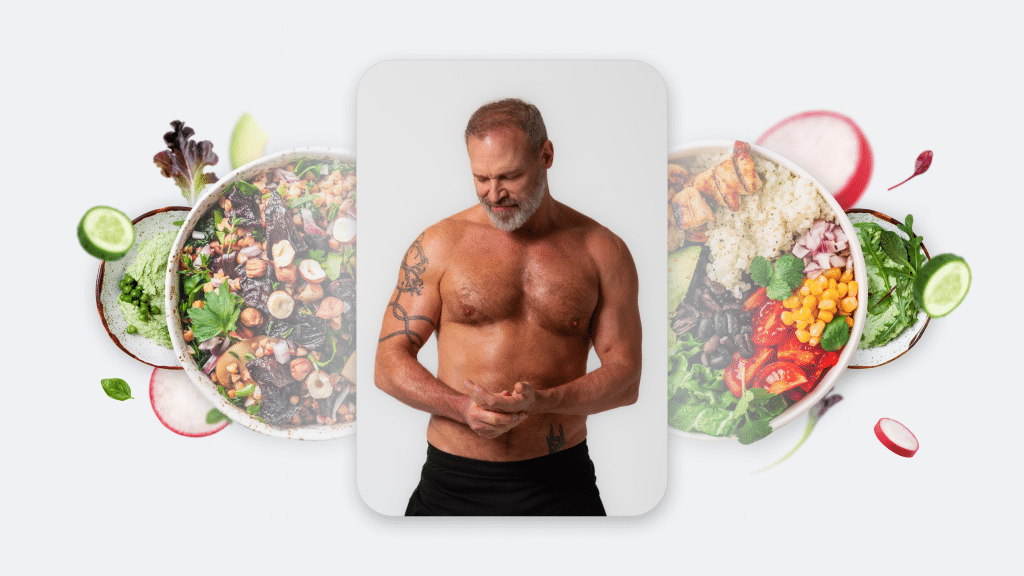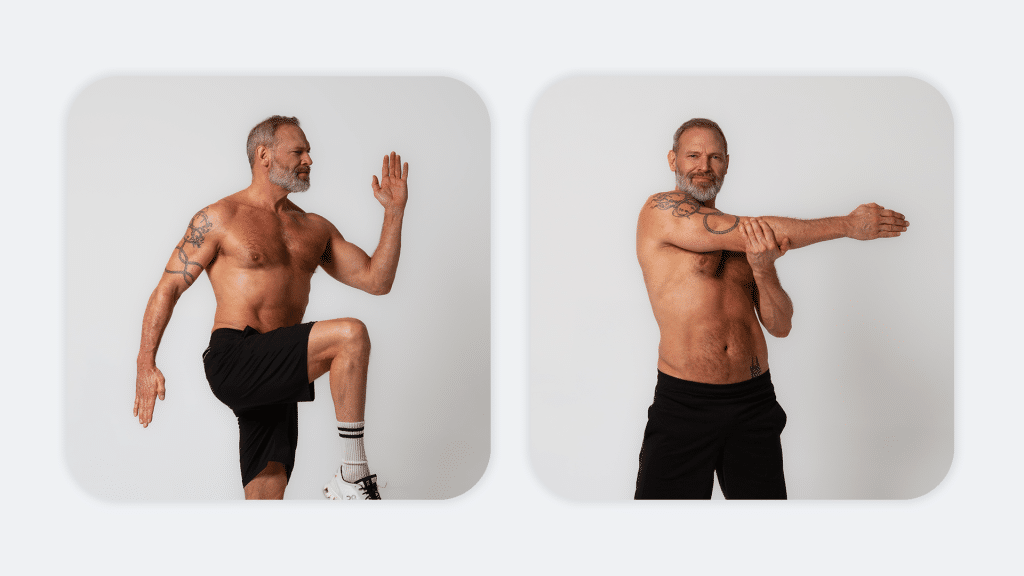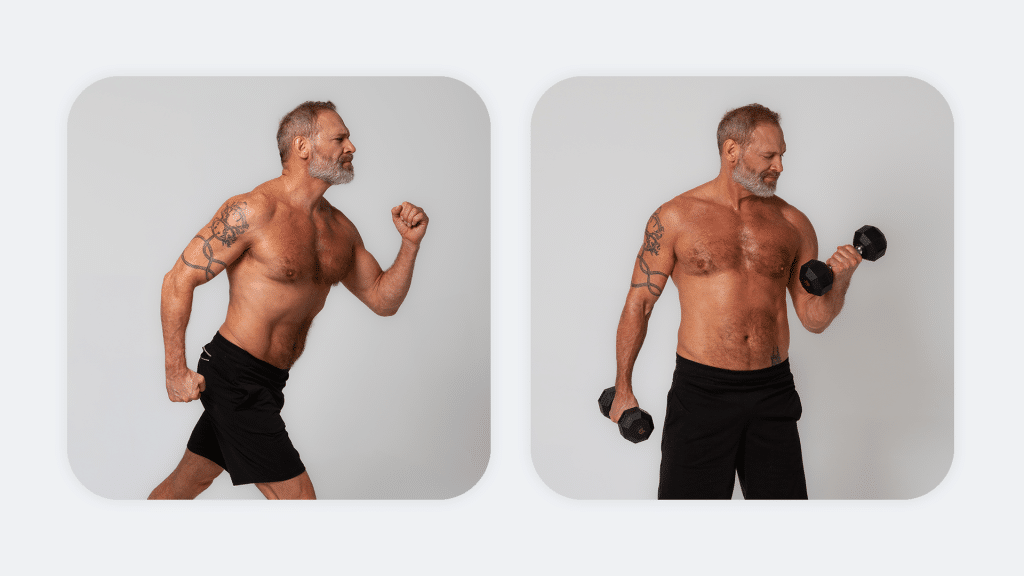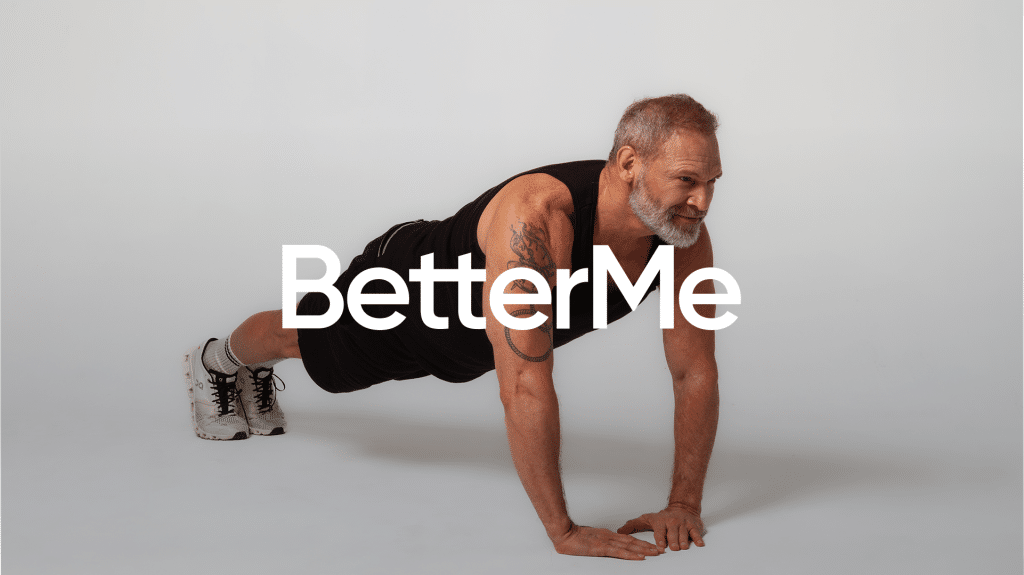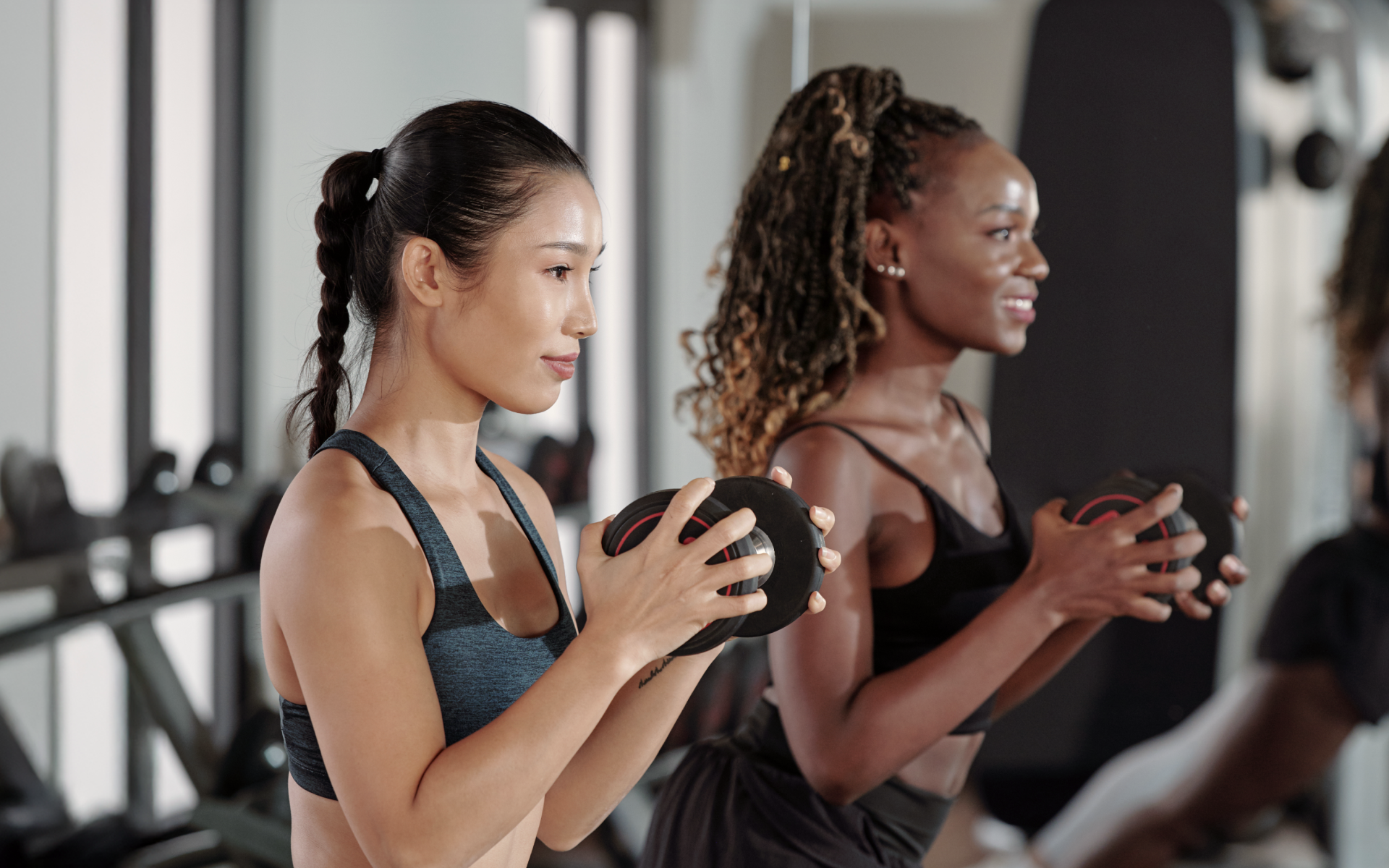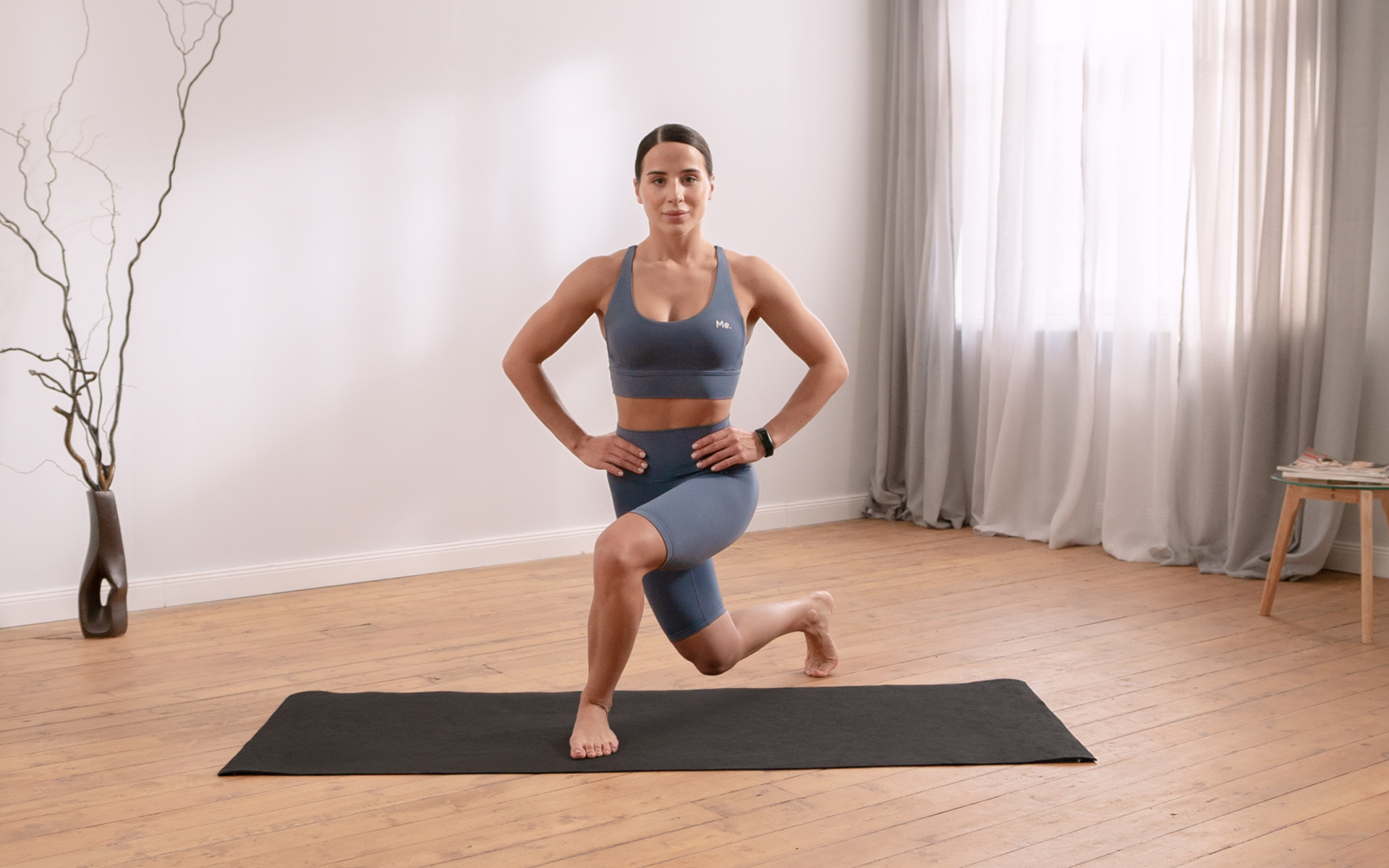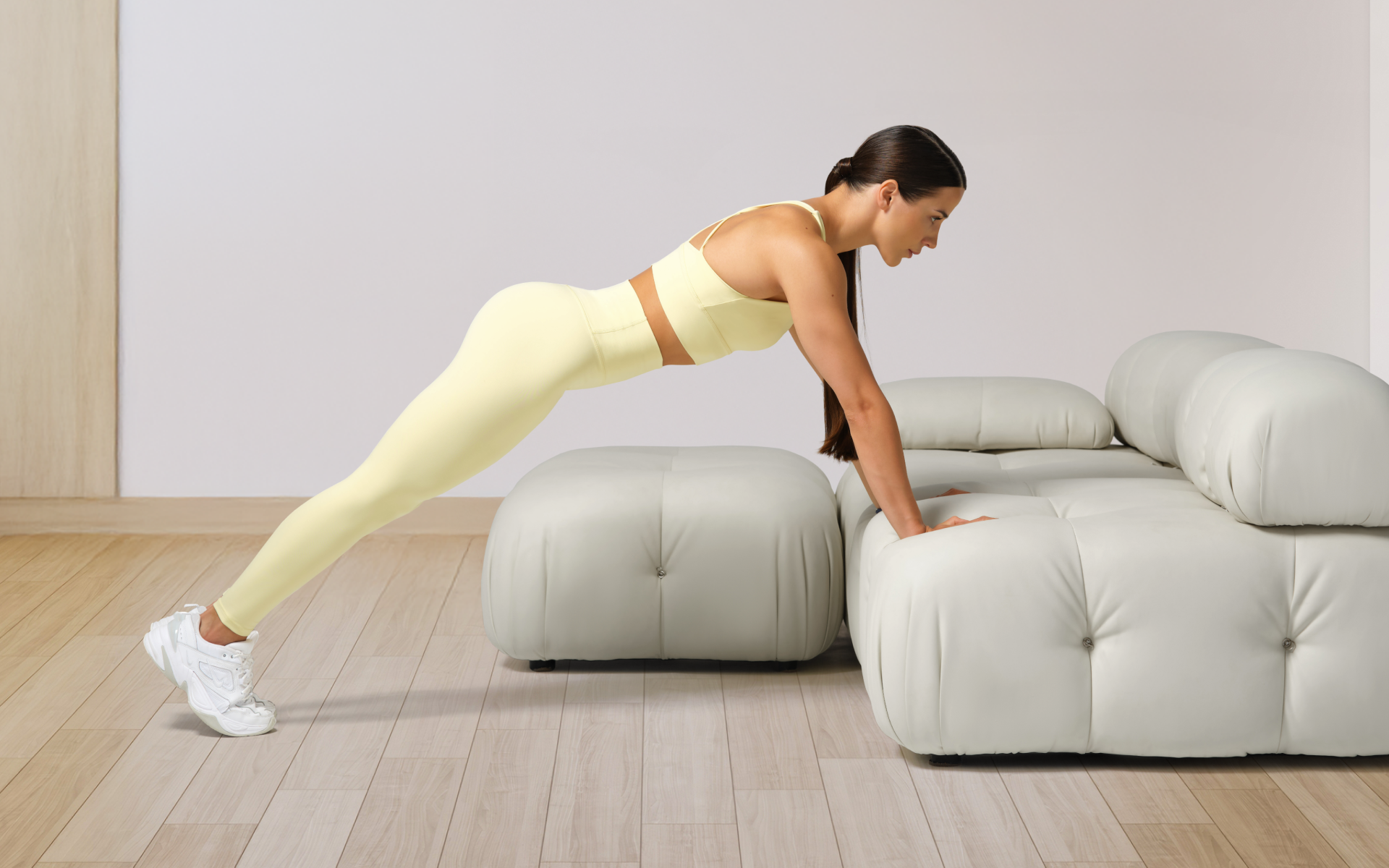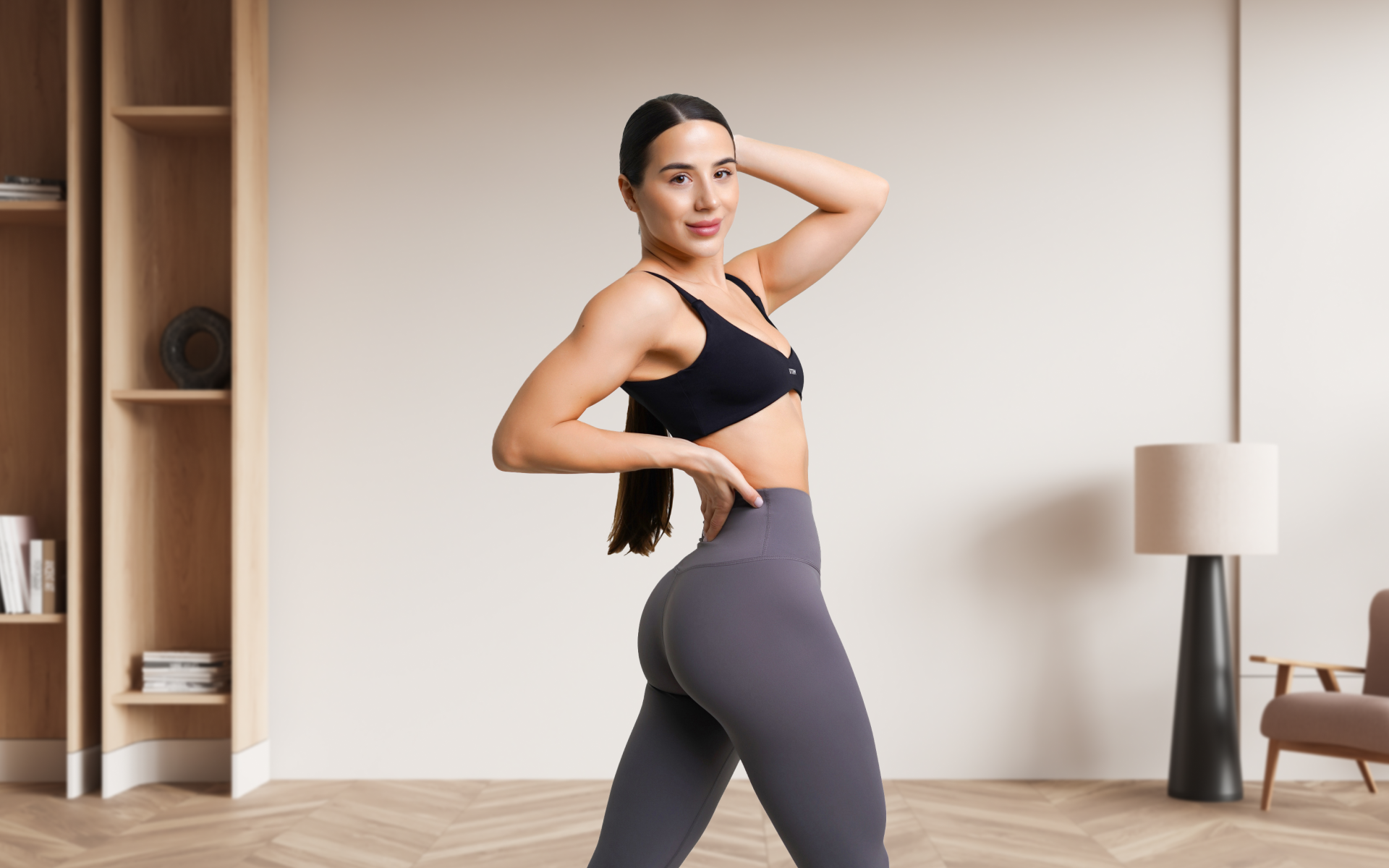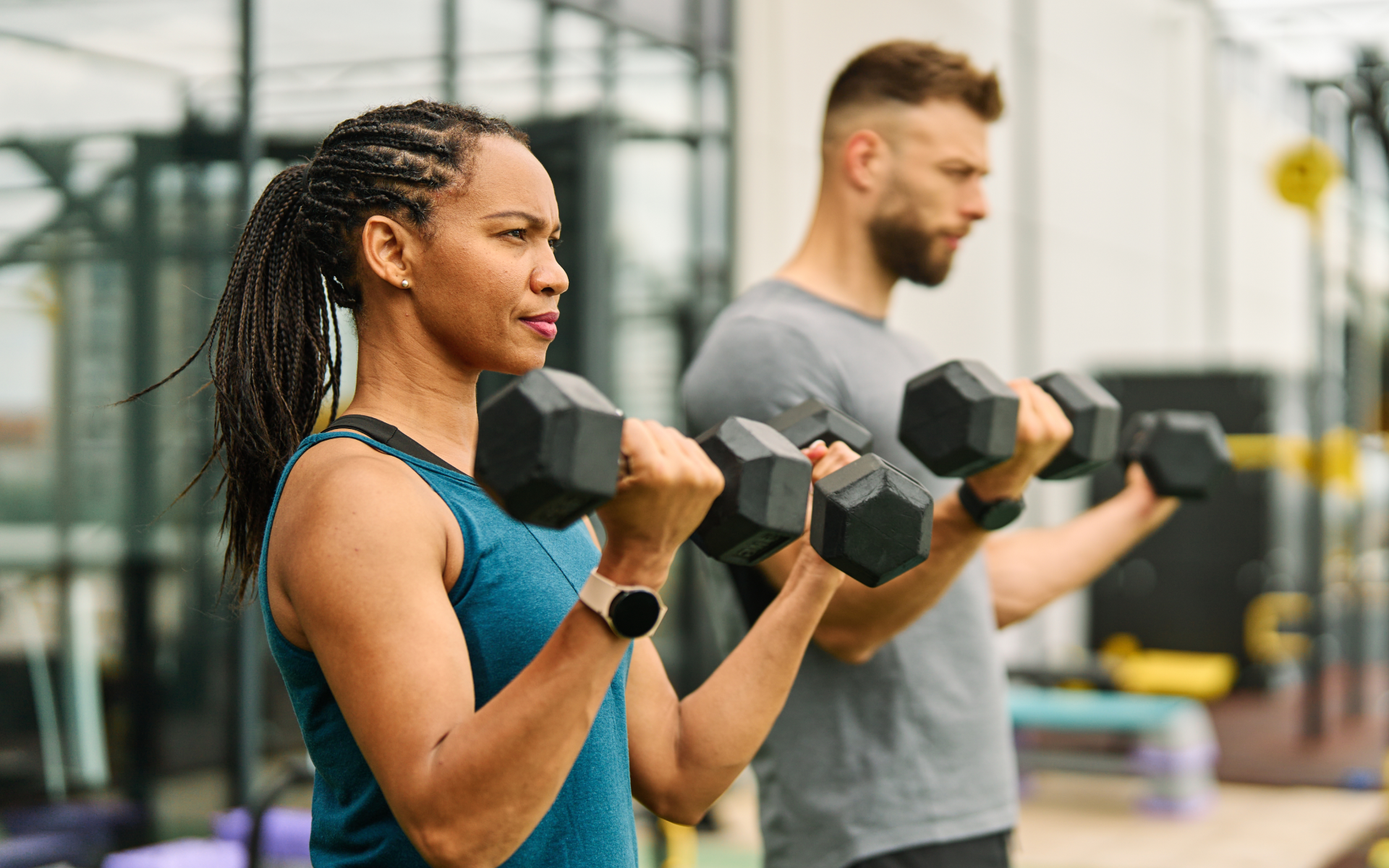As people age, they start to notice a change in their stamina levels where they’re lower than they were in their youth. While this is completely normal, there’s a greater need for older adults, both men and women, to strategically integrate physical activities and exercises in their routines that help their physical health and mental well-being.
Physical activities (PA) that help people grow stronger are essentially any physical movement that requires the use of energy and is generated by the skeletal muscles (1). Sports, physical activities, and exercise that are done for fun, work, daily living, or active transportation are all included in PA. Exercise is a subset of physical activity that is repetitive, planned, and structured with the ultimate or intermediate goal of enhancing or maintaining physical fitness.
According to the Centers for Disease Control and Prevention (CDC)(2), all older adults can benefit from regular, moderate exercise. This goes the same for seniors who live with medical conditions such as arthritis, heart disease, obesity, and/or high blood pressure.
Some of the key benefits of exercises for seniors include prevention of bone loss as they age, relieves osteoarthritis pain, immunity boost, disease prevention, and improved mental health and mood.
One great way for seniors to stay active is through calisthenics, which means exercises that use body weight for resistance. Calisthenics includes exercises and versatile workouts that can be done anywhere and with minimal equipment, which makes it very accessible.
Some benefits of calisthenics include (3):
- Strength – helps build endurance and muscle and improves your ability to perform everyday activities.
- Flexibility – enhances your coordination, range of motion, and body control.
- Balance – improves core strength and stability, which are important factors in balance.
- Accessibility – can be done at any place and any time, which makes it easy to access and without any costs for gym memberships.
Calisthenics for seniors is advised with the aim of combating the early onset of sarcopenia, which is age-related gradual/progressive loss of skeletal muscle mass and strength throughout the body. This can lead to negative consequences such as decreased functional independence, balance deficits, and an increased risk of injury (4).
If you wish to free yourself from all the extra pounds that have been weighing you down for way too long, start using the BetterMe: Health Coaching app and overhaul your entire life!
Sarcopenia is characterized by a decline in health that comes at a significant personal cost, including decreased mobility, a higher chance of fractures and falls, difficulty carrying out daily tasks, and a loss of independence over time. Strength training such as calisthenics for seniors stimulates hypertrophy and increases strength, which makes it one of the most effective ways to fight sarcopenia. Studies (5) have shown that calisthenics for senior citizens is one of the most effective preventive measures to delay sarcopenia.
In this comprehensive review, we’ll look at how age is just a number and fitness is not defined by age. A focused regimen of calisthenics for seniors at home can help build your strength and stability. This article will give you some great insights and tips on the benefits of calisthenics for seniors who are beginners and tips for the best exercises, benefits, and guidelines to ensure safety and effectiveness.
What Are the Best Calisthenics Exercises for Seniors?
The best calisthenics exercises for seniors are those that help them enhance strength, flexibility, and balance without causing pain or discomfort. When choosing calisthenics exercises, seniors should incorporate moves that improve flexibility and balance in a safe manner. Below are some of the best calisthenics exercises for seniors (6):
- Chair Squats – In order to build lower-body strength and improve mobility, seniors can opt to use a chair to perform squats to provide some assistance and progressively do away with it as they develop strength.
- Wall Push-Ups – For people who may find traditional push-ups too challenging, wall push-ups can offer a suitable alternative. By performing push-ups against a wall, the load on the arms and shoulders is reduced, but it still acts as an effective workout.
- Seated Leg Lifts – This exercise is designed to help strengthen the core and make the legs stronger. Seniors can do this while sitting in a sturdy chair, lifting one leg at a time.
- Seated Dips – These exercises, which are performed on a solid chair or bench, work the shoulder and tricep muscles, which are essential for pushing motions.
- Standing Calf Raises – Calf raises strengthen the calves, which are necessary for balance and walking.
- Knee Raises and Marching in Place – These exercises strengthen the hip flexors and core muscles while also enhancing cardiovascular fitness.
- Bicep Curls – To do this, use free weights at home if available, or you can use soup cans or water bottles. Raise both arms in unison toward your shoulders, then gradually bring them back down to contract your biceps.
- Knee Push-Ups – To strengthen your upper body with less stress on your wrists and shoulders, do push-ups from your knees rather than your toes.
- Arm Circles – Arm circles increase shoulder flexibility and mobility, which is necessary for carrying out daily tasks.
Is Calisthenics Anti-Aging?
Engaging in calisthenic exercises helps boost physical fitness and mental health by maintaining muscle mass, bone density, and joint flexibility, which are all important as we age. Regular physical activity keeps seniors mobile and independent by enhancing mental and physical functions and reversing some of the effects of chronic disease.
Research has shown (7) that engaging in regular physical activity such as calisthenics reduces the risk of major cardiovascular and metabolic diseases, obesity, falls, cognitive decline, osteoporosis, and muscular weakness in both healthy and frail older adults.
Read more: Benefits Of Calisthenics: How Weight-Free Exercising Can Help You Lose Weight
Is Calisthenics Good for Seniors?
As we’ve already covered some of the best calisthenic exercises seniors can employ for their fitness, let’s talk about the benefits in more detail. This is in addition to the fact that calisthenics can be done anywhere at any time without a hefty investment in a gym membership. Calisthenic exercises provide a versatile and accessible way to stay fit at home. Here are some of the benefits:
- Preventing muscle loss and bone weakness – For the average person, muscle mass decreases between 3 and 8% per decade from the age of 30. For most, the rate of sarcopenia is even faster after 60 (8). The good news is that consistent resistance training can counteract and reverse this, even into old age. Resistance training helps by increasing bone density, strengthening muscles, and lowering the risk of bone loss and fractures (9).
- Enhances cognitive performance – Inevitably, with aging comes cognitive deterioration. People generally experience reduced sharpness, trouble memorizing information, a slow reaction rate, and trouble concentrating. However, you can take proactive action to curb this and slow it down. Exercising and including a calisthenics regimen in your routine will help enhance your cognitive abilities as you age (10).
- Delays and prevention of illnesses – In addition to its popular advantages for weight loss and increased bone and muscle strength, calisthenics can also help delay and prevent chronic illnesses (11).
- Keeps you on the move – Exercises can help you get a stronger grip on basic daily activities such as standing and walking, which can become more difficult as you age, in case you’re not physically active. Exercise has too many advantages for you to ignore, even if your goal isn’t to keep your body fit like a Greek god after turning 50.
- Independence to pursue your passions – Consider the activities that you truly appreciate – dropping your grandkids off at school, swimming, dancing, or traveling. You don’t have to give up any of this just because you’re over a certain age. With strength and stability, you can continue to do all of this on your own without giving anything up.
- Greater self-reliance and self-esteem – Needless to say, all of us aspire to be independent from as early as childhood. This is a need that never goes away, but regrettably, our bodies don’t always support us all the way. Physical restrictions are the most common cause of seniors losing their independence. Having said that, for people who want to keep their independence, a fitness routine is essential. Studies have proven that calisthenics interventions can increase self-esteem among seniors (12).
What Is the Age Limit for Calisthenics?
You’re never too old to get moving, get stronger, and improve your health. There really isn’t an age limit for calisthenics. People of all ages, including those over 70, can benefit from calisthenics and physical activities. However, it’s important to have key considerations such as adjusting the intensity and type of exercise to suit individual fitness levels and present health conditions.
“Even if you haven’t been active previously, it’s important to get started and stay active,” says Dr. Richard J. Hodes, director of NIH’s National Institute on Aging. “We know that people want to live independently for as long as they possibly can. By exercising regularly and including more physical activity in their daily routine, older people can preserve their physical function, which is key to doing the everyday things they want to do.”(13)
What’s the Best Exercise for a 70-Year-Old?
For seniors aged 70 or above, the best exercises they can do should promote strength, balance, and flexibility, while also being something they enjoy. Some recommendations are listed below:
- Calisthenics – As detailed above, calisthenics for seniors, which includes adaptable body weight exercises, are best for people aged 70 and above. Chair squats, wall push-ups, and leg raises are all excellent choices in this category.
- Walking – An effective way to stay active anywhere and anytime is walking. This can be done indoors or outdoors.
- Swimming – Easy on the joints, swimming is excellent for cardiovascular health and muscular endurance for seniors.
- Tai Chi – This form of physical activity and practice is known to improve balance, coordination, and mental focus (14).
Reasons why BetterMe is a safe bet: a wide range of calorie-blasting workouts, finger-licking recipes, 24/7 support, challenges that’ll keep you on your best game, and that just scratches the surface! Start using our app and watch the magic happen.
What Is Too Much Exercise for a 70-Year-Old?
While staying active is beneficial, overdoing it can lead to injuries and burnout. This is true for anyone of any age, but becomes even more of a factor as we age. For a 70-year-old, it’s important to listen to your body and avoid excessive strain. Signs of over-exercising can include persistent fatigue, soreness, joint pain, and decreased performance. It’s imperative to incorporate rest days and vary the types of exercises to prevent overuse injuries. The National Health Service in the UK states that adults above 65 should: (15)
- Try to do some physical activity each day, even if it’s only moderate exercise
- Engage in strength, balance, and flexibility-boosting exercises at least twice a week
- Get at least 150 minutes of moderate-to-intense exercise per week, or 75 minutes of vigorous exercise if you’re already active, or a mix of the two
- Cut down on the amount of time you spend sitting or lying down during waking hours
- Interrupt extended periods of inactivity with movement
Can You Reshape Your Body at 70?
Getting in better shape comes with no ticking timer if you have the will to succeed. It’s definitely possible to reshape your body at 70 or even after. “Even people 100 years old or older can build muscle strength,” says Dr. Edward Phillips, assistant professor of physical medicine and rehabilitation at Harvard Medical School. (16)
Although the changes may not be as rapid as in younger individuals, consistent exercise, including calisthenics, will help improve muscle definition, strength, and overall fitness. A balanced diet also plays a key role in achieving a healthier body composition.
Should a 70-Year-Old Do Squats?
Squats are among the most functional and effective exercises for anyone. If they’re able then yes, 70-year-olds should absolutely add squats to their exercise program. As with all exercises, squats have many modifications that can be made, depending on your fitness level and health. Whether you’re performing barbell back squats, supported body weight partial squats, or anything in between, find a variation that makes sense for your current situation and experience the many benefits that come with this great exercise!
Read more: Intermittent Fasting for Seniors over 70: Is it Safe?
How to Get Ripped at 70 Years Old
Although your muscle mass typically declines with age, you can still rebuild your aging muscles. It’s entirely possible for older folks to get bigger and stronger, even though the process of bulking up looks different for a 70-year-old compared to a 20- or 30-year-old. Fight back against the loss of muscle associated with aging by engaging in progressive calisthenic exercises, maintaining a good diet, and doing both consistently.
Age-appropriate exercise is essential for seniors over 70 if they wish to effectively develop aging muscles. Harvard Health Publications(17) states that one of the most significant therapies against muscle loss is strength training such as calisthenics. Regular calisthenics or other strength training for seniors that is demanding but not overly stressful is necessary to successfully grow muscle and get ripped.
Not at all. Doing a calisthenics workout at 60 is not too old – fitness has no age or number. There are many exercises that can be modified to accommodate varying degrees of fitness and any ongoing medical issues. Yes, if a 70-year-old starts with light weights and concentrates on their form and posture correctly, they can lift weights. Weightlifting will also help maintain bone density and muscle mass. Remember to start easy, take your current health into consideration, and don’t overdo it. Repetition ranges vary based on the intensity of the exercise, the training goal, training structure, rest times, and multiple other factors. While there is no magic number of reps to aim for with every exercise, 6-12 reps is typically a good middle ground for developing strength and muscle, assuming you have an adequate intensity to stimulate physiological adaptation. The recommended number of push-ups for a male who is 70 years of age varies. It’s best to start with wall push-ups or modified push-ups, aiming for 5–10 repetitions, and then progressively increase as your strength increases.Frequently Asked Questions
Is 60 too old for calisthenics?
Should a 70-year-old lift weights?
How many reps should a 60-year-old do?
How many push-ups should a 70-year-old male do?
The Bottom Line
From what we’ve discussed in this article so far, calisthenics offers a safe and effective way for seniors to stay active and maintain their health. These focused body weight exercises offer a range of benefits, including improved strength, flexibility, and balance, all of which are crucial for maintaining health and independence as we age. Calisthenics exercises, such as chair squats, wall push-ups, and seated leg lifts, can be adapted to suit various fitness levels and physical abilities, which makes them suitable for seniors, even those over 70. Regular participation in these activities helps combat age-related muscle loss, prevent bone weakening, and enhance overall physical and cognitive function. Importantly, with proper guidance and a tailored exercise plan, seniors can safely incorporate calisthenics into their routines.
DISCLAIMER:
This article is intended for general informational purposes only and does not serve to address individual circumstances. It is not a substitute for professional advice or help and should not be relied on for making any kind of decision-making. Any action taken as a direct or indirect result of the information in this article is entirely at your own risk and is your sole responsibility.
BetterMe, its content staff, and its medical advisors accept no responsibility for inaccuracies, errors, misstatements, inconsistencies, or omissions and specifically disclaim any liability, loss or risk, personal, professional or otherwise, which may be incurred as a consequence, directly or indirectly, of the use and/or application of any content.
You should always seek the advice of your physician or other qualified health provider with any questions you may have regarding a medical condition or your specific situation. Never disregard professional medical advice or delay seeking it because of BetterMe content. If you suspect or think you may have a medical emergency, call your doctor.
SOURCES:
- The Importance of Physical Activity Exercise among Older People (2018, ncbi.nlm.nih.gov)
- The Life-Changing Benefits of Exercise After 60 (2021, ncoa.org)
- The benefits of strength training for older adults (2003, ajpmonline.org)
- Resistance exercise as a treatment for sarcopenia: prescription and delivery (2022, ncbi.nlm.nih.gov)
- Benefits of strength training for the prevention and treatment of sarcopenia (2014, pubmed.ncbi.nlm.nih.gov)
- Growing Stronger: Strength Training For Older Adults (2002, cdc.gov)
- Physical activity in older age: perspectives for healthy ageing and frailty (2016, ncbi.nlm.nih.gov)
- Muscle tissue changes with aging (2010, ncbi.nlm.nih.gov)
- Effects of Resistance Exercise on Bone Health (2018, ncbi.nlm.nh.gov)
- Effects of Sitting Callisthenic Balance and Resistance Exercise Programs on Cognitive Function in Older Participants (2022, ncbi.nlm.nih.gov)
- The Effect of Breaking Up Sedentary Time with Calisthenics on Neuromuscular Function: A Preliminary Study (2022, ncbi.nlm.nih.gov)
- Effectiveness Of Calisthenic Exercises On Self Esteem Among Old Age People (2021, ijcrt.org)
- You’re Never Too Old (2021, newsinhealth.nih.gov)
- Effectiveness of Tai Chi for Health Promotion of Older Adults (2022, ncbi.nlm.nih.gov)
- Physical activity guidelines for older adults (2021, nhs.uk)
- It’s not too late to get in better shape (2021, health.harvard.edu)
- Exercise after age 70 ( 2019, health.harvard.edu)
